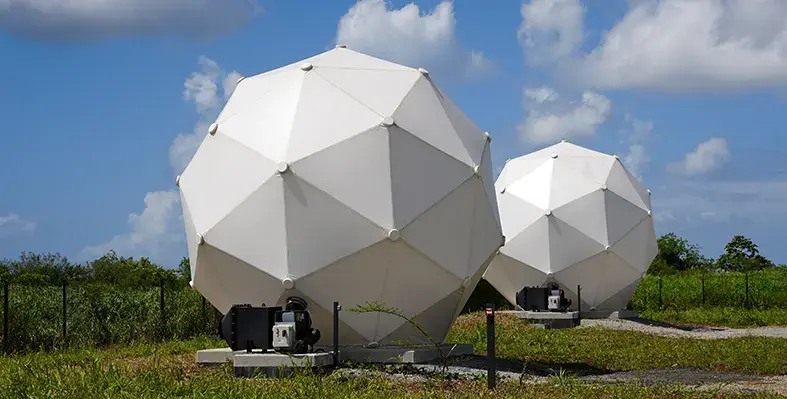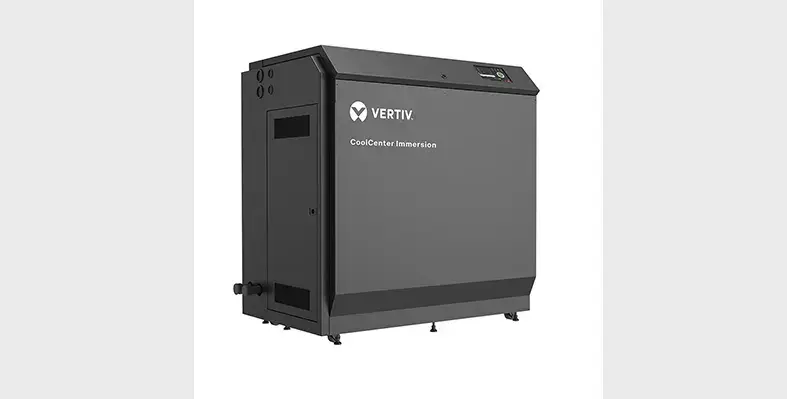Across Africa, industries continue to face major Wi-Fi connectivity gaps. From vast mining operations and ports to large construction projects and energy facilities, many sites extend well beyond the reach of fibre or LTE networks
Traditional meshed Wi-Fi systems often prove too expensive or inefficient to cover such wide areas, with latency further hampering real-time machine operation. As a result, businesses are left struggling to maintain reliable communication and operational oversight.
A new long-range wireless technology, Super Wi-Fi, is addressing these challenges. Designed specifically for large-scale industrial and outdoor environments, Super Wi-Fi provides coverage up to ten times greater than conventional Wi-Fi, delivering strong, low-latency connectivity across complex and remote sites.
Solving traditional connectivity barriers
“Many heavy industrial NEC XON customers struggle with traditional Wi-Fi due to range, latency, and interference,” explained Willem Wentzel, senior architect at NEC XON. “Now we can offer them Super Wi-Fi, which overcomes those barriers. It’s built with intelligent antenna technology and advanced radio algorithms that mitigate noise and extend coverage, delivering high throughput and low latency. In ideal circumstances this extends across multiple kilometres but for more real world environments we find the effective range is 900m to 1.3km.
“Unlike LTE, which requires costly licensed spectrum and agreements with mobile operators, Super Wi-Fi operates in unlicensed bands, making it faster to deploy and more cost-effective for private industrial use. Each base station can cover hundreds of metres to several kilometres, connecting customer premises equipment (CPE) units across mining pits, port terminals, or remote field offices,” remarked Bernadette George, NEC XON Presales: 4G, 5G & oRAN Ecosystem Connect & Access.
Super Wi-Fi also offers exceptional industrial-grade resilience. The latest models feature 8×8 MIMO smart antennas, dual-band operation across 2.4 GHz, 5 GHz and lower 6 GHz, and rugged IP67-rated enclosures built for outdoor or hazardous conditions. Explosion-proof versions are available for deployment in oil and gas environments.
The system’s architecture enables centralised cloud management, supporting configuration, analytics, and proactive maintenance. This makes it possible to integrate connectivity with other critical services such as CCTV, analytics, cybersecurity, and managed network operations, creating a single, unified view of site performance and safety.
Proven global deployments
Super Wi-Fi has already demonstrated its value internationally. In Senegal, the technology reduced the number of required access sites by 90% in a citywide rollout, earning the “Connecting West Africa” award. Similar success has been achieved at industrial terminals in Malaysia, and in large warehouses in Mexico and India.
According to Wentzel, the simplicity of Super Wi-Fi is a key advantage. “It’s easy to install, requires far fewer access points than traditional networks, and integrates cleanly into existing infrastructure. The result is lower total cost of ownership and better operational continuity, especially in sectors where downtime isn’t an option.”
Now, the technology is being rolled out across African industries where mobility, reliability, and coverage are essential, from mining and ports to utilities, construction, and banking. As Wentzel concluded: “Super Wi-Fi is not just about better connectivity. It’s about enabling safer, more efficient, and more intelligent operations across Africa’s most challenging environments.”
























